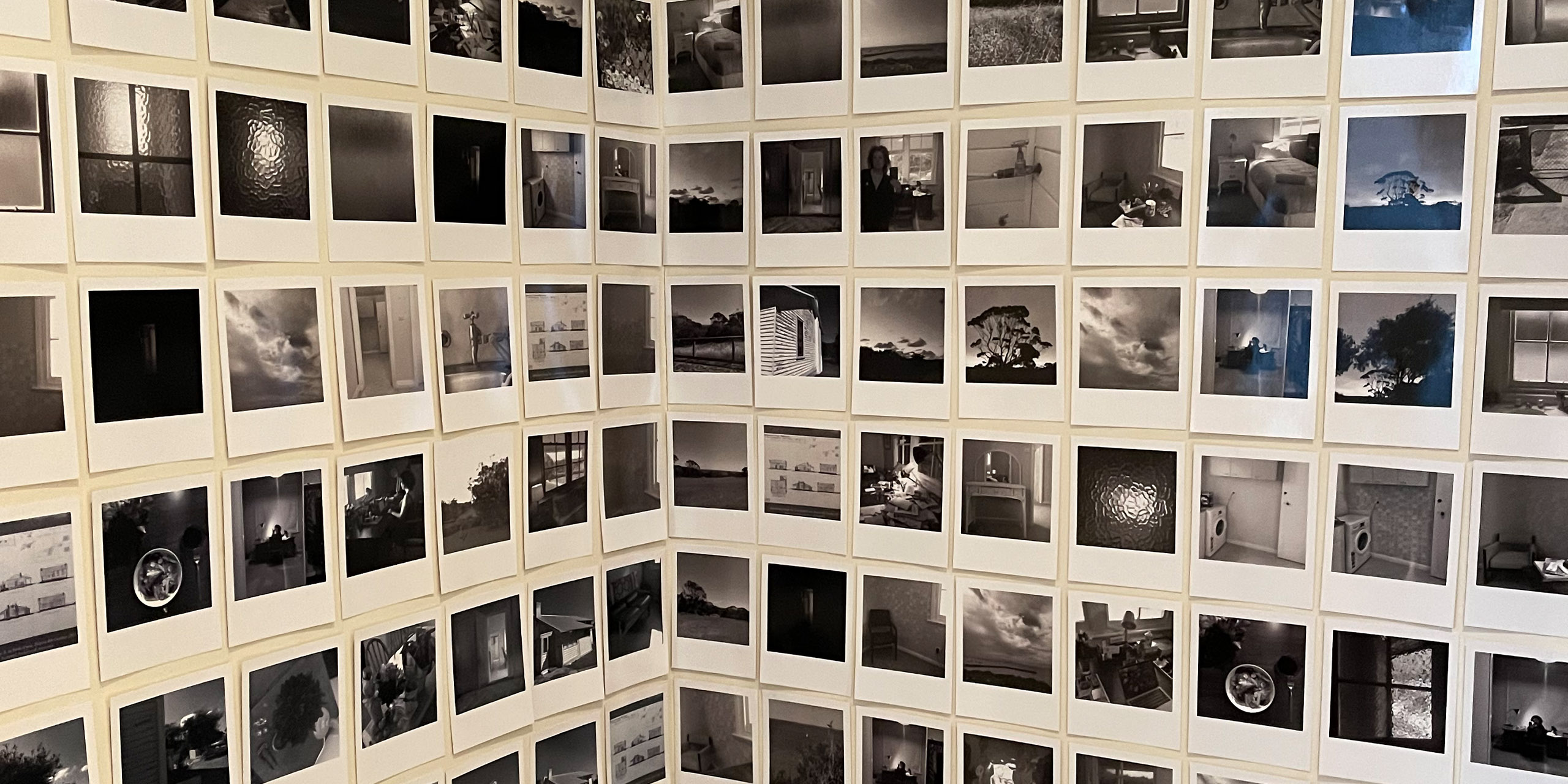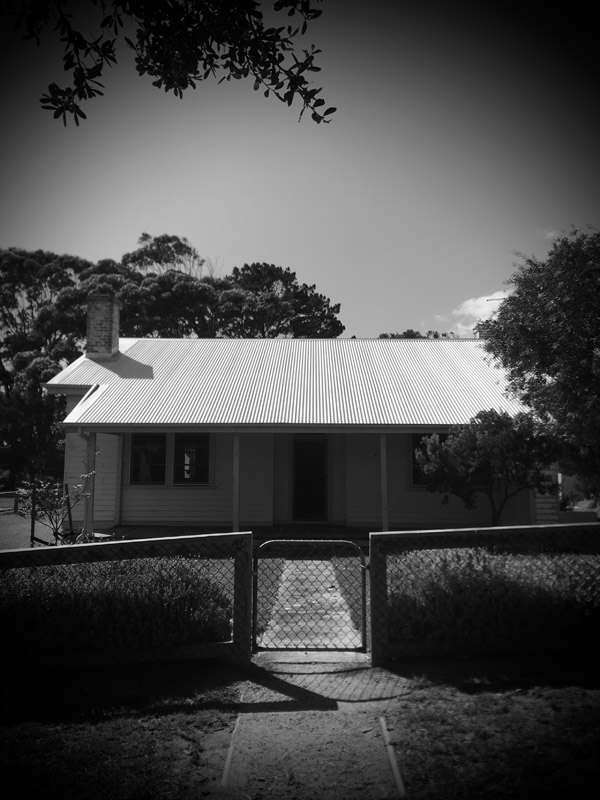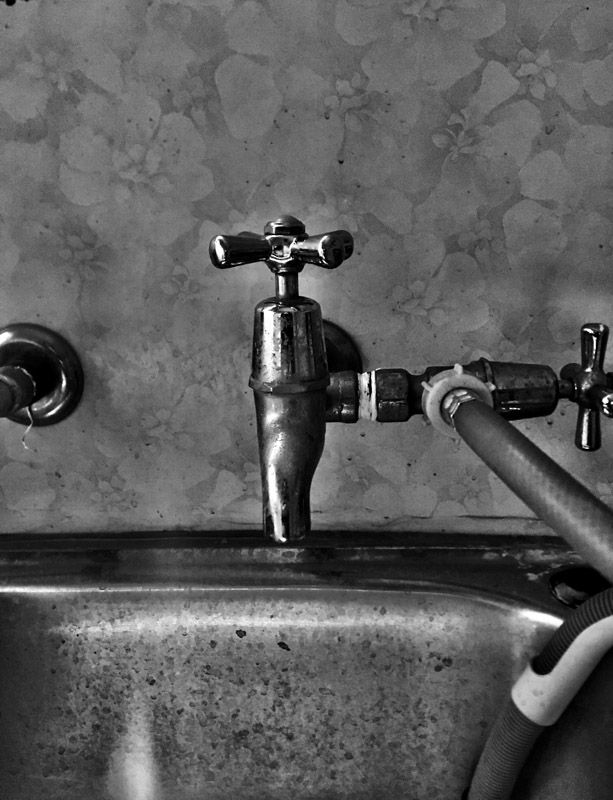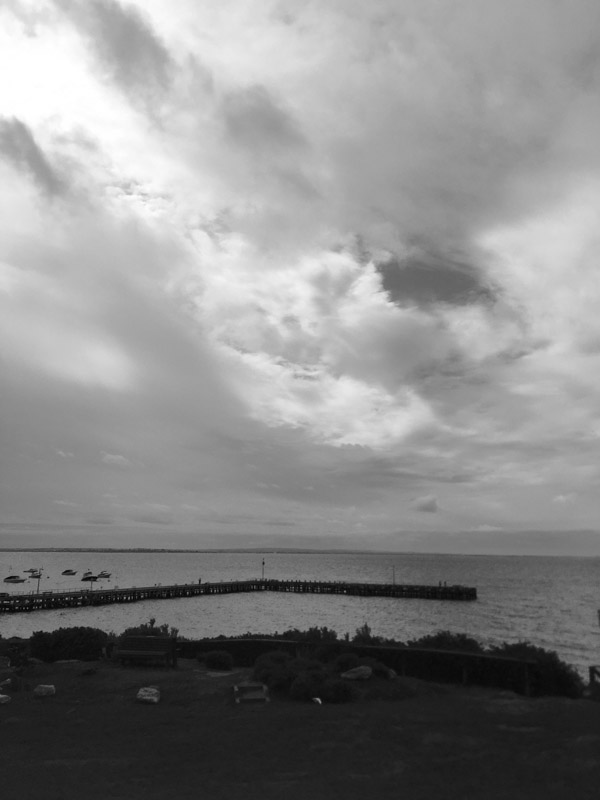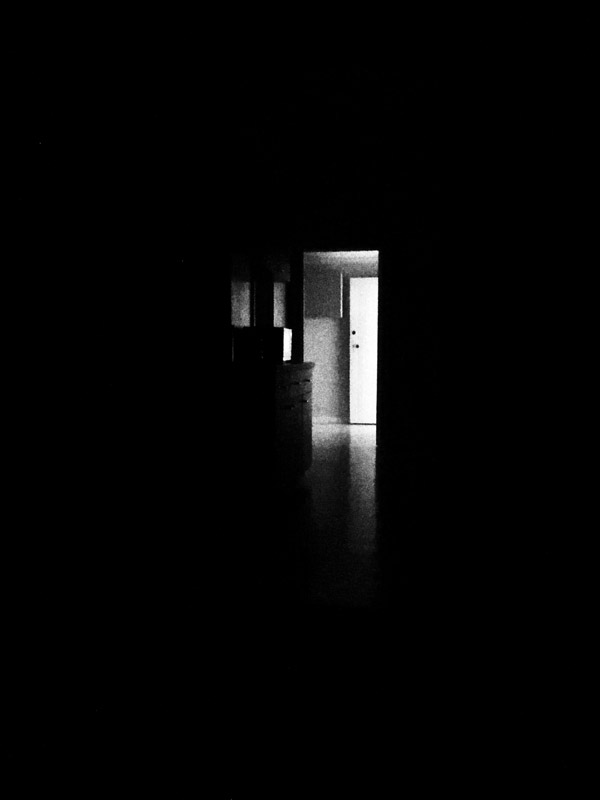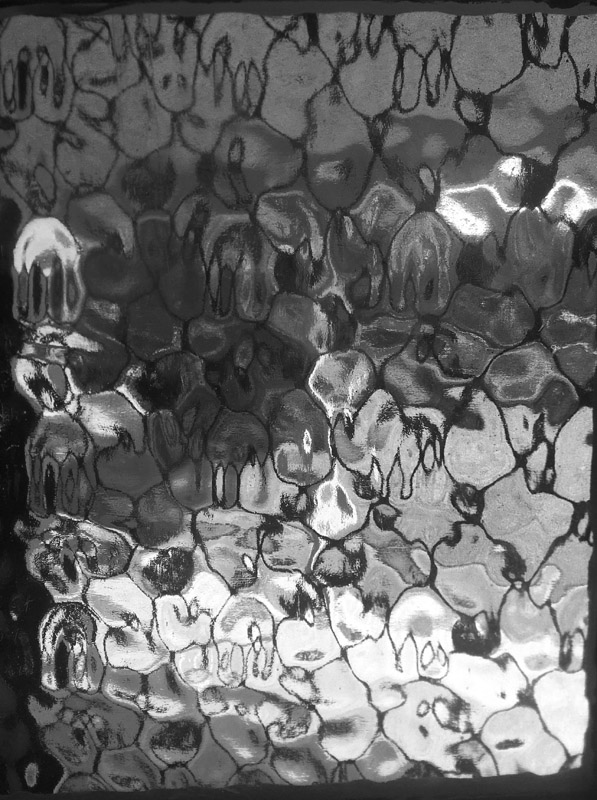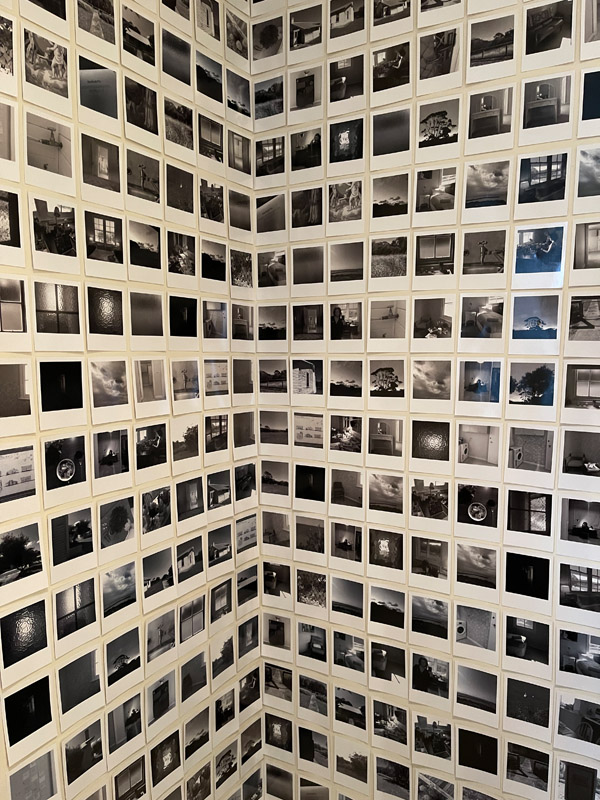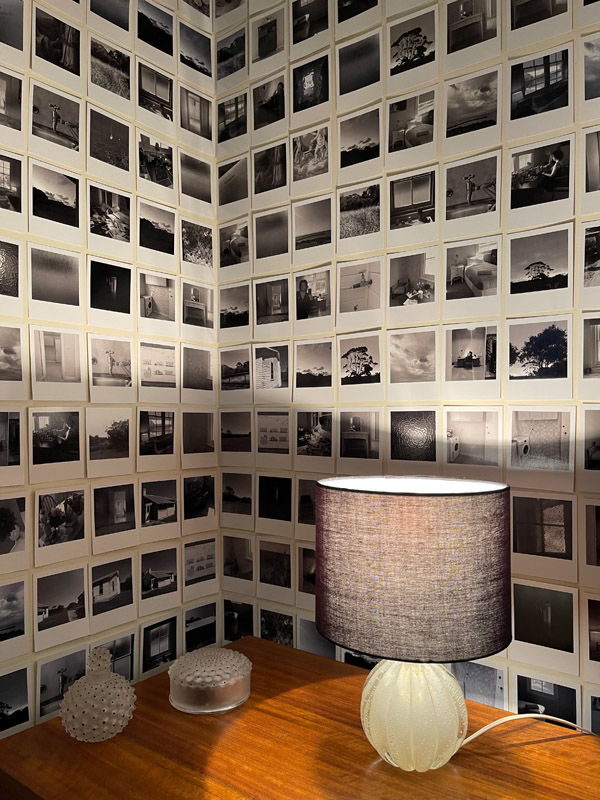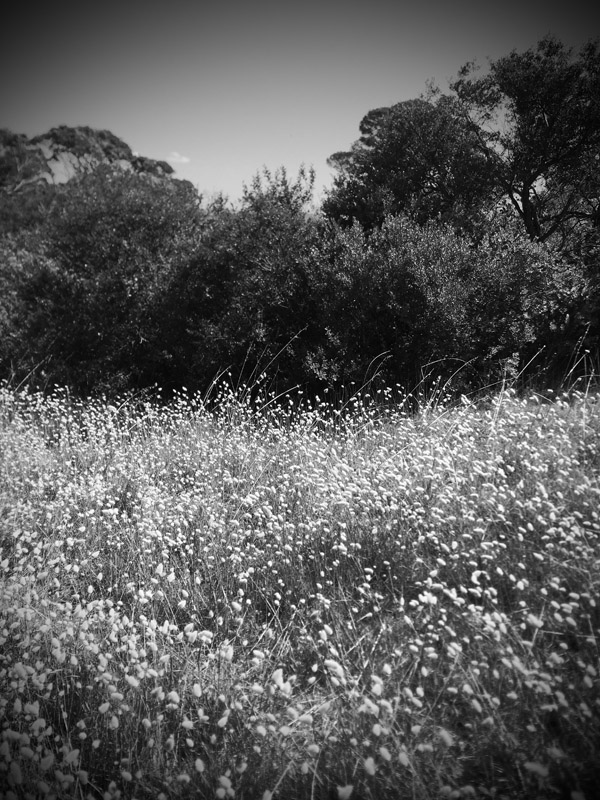Usually, the studio follows a structured design process, but we always allow for the iterative nature of the design. One of the most enjoyable parts of the process is human-centred, the desire to empathise and understand what the client wants. Mornington Shire Peninsula Council wished to invest in the Arts to benefit both the producer (artist) and the user (visitor). To facilitate this, the studio embarked on a research process, enabling us to define what an exhibition visitor in Mornington wants. An opportunity to ideate a specific direction for the exhibition. We identified the typical visitor as being a weekender who would like to have a cultural experience. We believed this should have a positive context and be easy to consume. A prototype was formulated based on the image limitations and the identified user. At this point, we conceived to produce the photo essay as a series of polaroids. It resolves image quality issues and allows the user to get up close to the images. There would be no need for a running board along the floor to protect images as they would be tiny and inexpensive. The user could stand very close to the photos as though they were looking through a family photo album. The images were printed on semi-gloss paper the same size as a polaroid but without the hyper gloss that would leave fingerprints when touched, facilitating an interactive installation where there would be little need to supervise the visitor. We also conceived of an idea to run a poem through the images for the curious. We ran printing tests. We did eye height wall placement tests. In the end, the pain point was that the exhibition was not going to go ahead (covid lockdowns), which was realised months later. It was then launched online.
Memorials of human frailty are few and far between. Quote by Phillip Goad. The Architecture of Crisis.
The studio presents a photo essay of Quarantine Station in Point Nepean Victoria. This photo essay displays hundreds of polaroids taken in February 2019, just before the Australian experience of Covid 19. It was to be exhibited by Mornington Peninsula Shire Council Culture and Arts Program at Point Nepean in June 2021 and then rescheduled for September 2021 and was then subsequently launched online due to extended lockdowns. The design communication narrative of this photo essay is one of hope and endurance.
Design Brief
This polaroid photo essay was formalised by invitation for exhibition; therefore, it did not follow the usual client design brief process. Whilst I was an artist in residence at Quarantine Station, I recorded the essay unwittingly. I had no idea we were about to enter a pandemic, but I had a fascination with history and pandemics. When I was subsequently invited to exhibit the photo essay, this became problematic because I had recorded the essay on an everyday camera; not suitable for large scale prints or magazine work that the studio would typically produce. This problem formed the foundation for the design process.
This project was developed by:
- Nicole Cullinan A Poetic point of view.
- Mornington Peninsula Shire Council
- Jane German - Mornington Peninsula Shire
- Michael Stowers - Mornington Peninsula Shire
- Mikayla Fulton - Popic Printing
- Acknowledgement – Bunurong People

